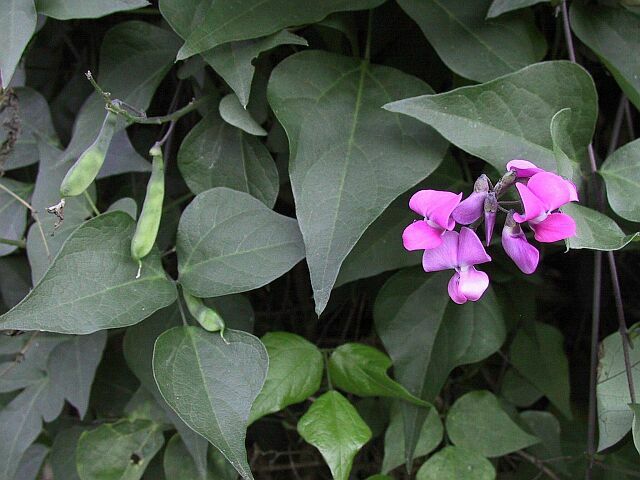Created on: Tuesday, Jun 7th, 2016
The following webpages were consulted for this screen: PlantZ Africa: http://www.plantzafrica.com/plantcd/dipogonlignosus.htm; Tropicos: http://www.tropicos.org/Name/13056428; GBIF: http://www.gbif.org/species/5349965; USDA PLANTS: http://plants.usda.gov/core/profile?symbol=DILI8; The Plant List: http://www.theplantlist.org/tpl1.1/record/ild-2553; GRIN: https://npgsweb.ars-grin.gov/gringlobal/taxonomydetail.aspx?id=310612; Calflora: http://www.calflora.org/cgi-bin/species_query.cgi?where-calrecnum=9865; Dave’s Garden: http://davesgarden.com/guides/pf/go/66064/; VRO: http://vro.agriculture.vic.gov.au/dpi/vro/vrosite.nsf/pages/invasive_dol... http://vro.agriculture.vic.gov.au/dpi/vro/vrosite.nsf/pages/impact_dolic... Weeds of Australia: http://keyserver.lucidcentral.org/weeds/data/media/Html/dipogon_lignosus... ISSG: http://193.206.192.138/gisd/species.php?sc=804; Weedbusters: http://www.weedbusters.org.nz/weed-information/dipogon-lignosus/59/; Florabase: https://florabase.dpaw.wa.gov.au/browse/profile/3867; TERRAIN: http://www.terrain.net.nz/friends-of-te-henui-group/weeds/mile-a-minute-... Herbiguide: http://www.herbiguide.com.au/Descriptions/hg_Dolichos_Pea.htm; Annie’s Annuals: https://www.anniesannuals.com/plants/view/?id=1220
Reviewed by Lynn Sweet.
- < 13 : accept (low risk of invasiveness)
- 13 - 15 : evaluate further
- > 15 : reject (high risk of invasiveness)

